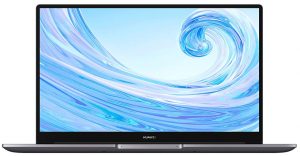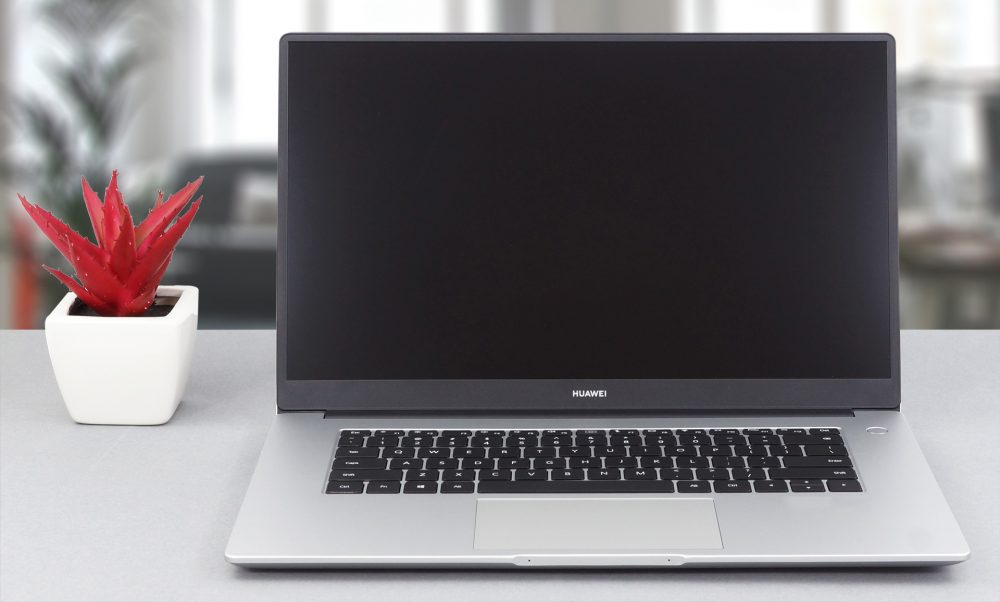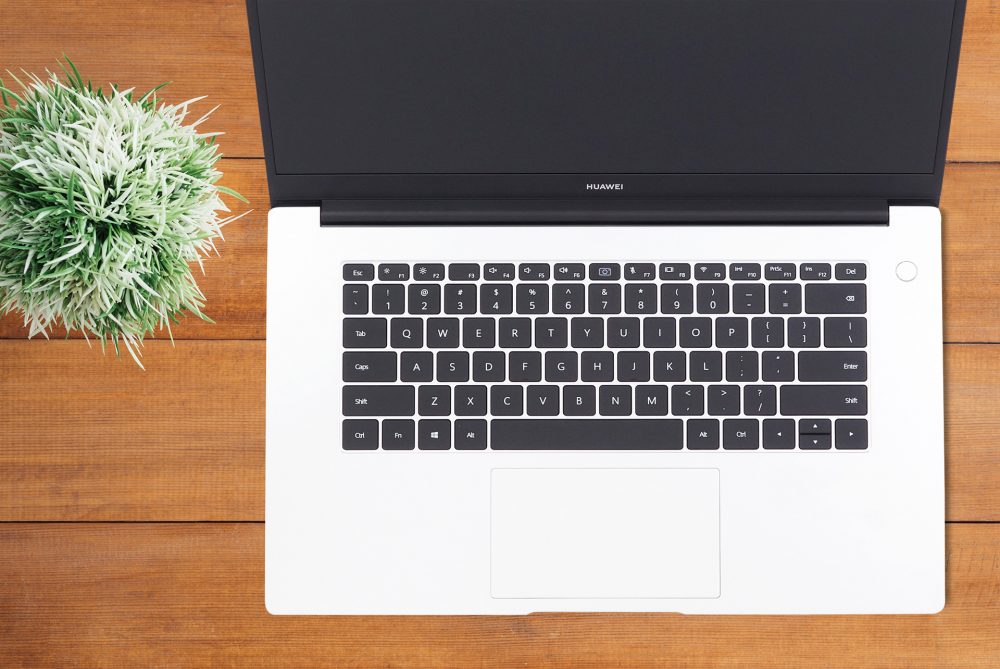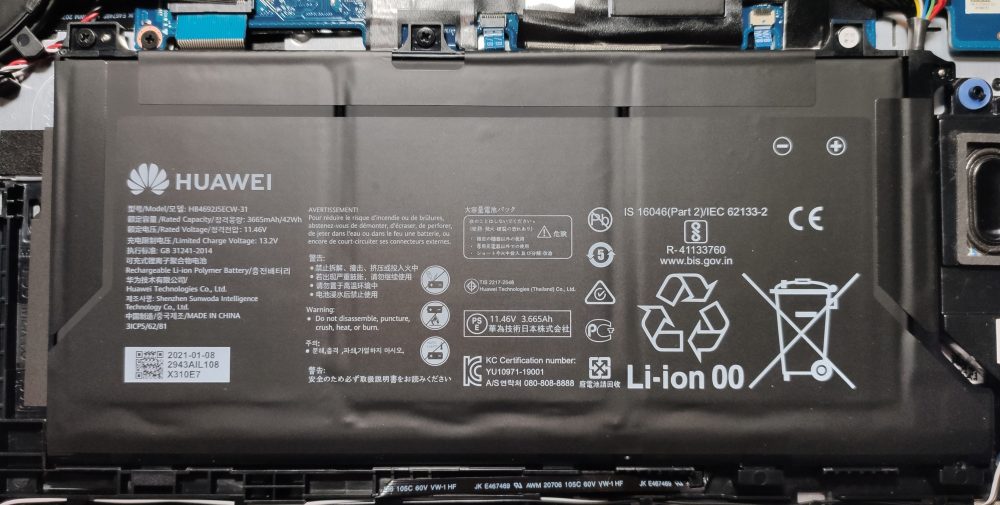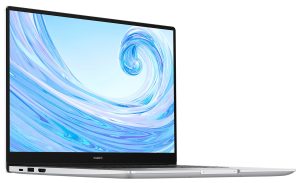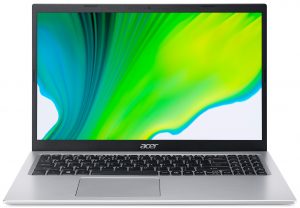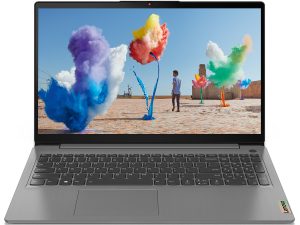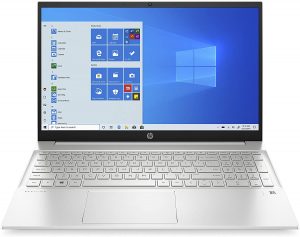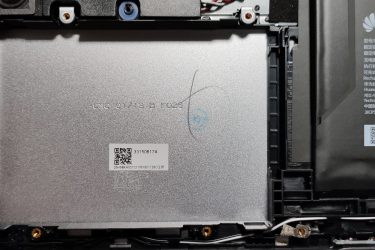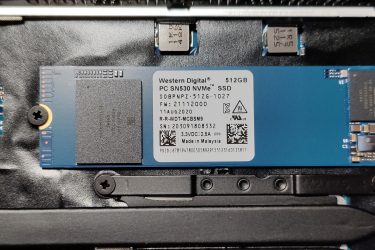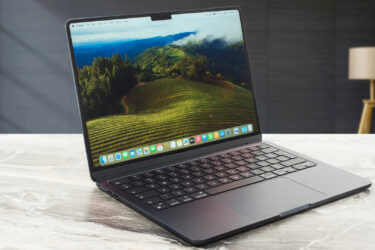Top 5 reasons to BUY or NOT to buy the Huawei MateBook D 15 (2020, Intel)
 Huawei has previously been really good at copying Apple, but now that they have found success, they are starting to get creative and implement new features even before Apple even thought about implementing them.
Huawei has previously been really good at copying Apple, but now that they have found success, they are starting to get creative and implement new features even before Apple even thought about implementing them.
For example, the MateBook D15 (2020, Intel), in its effort to have sleeker bezels, has found a weird spot for its camera. The device brings Tiger Lake power from the Core i5-1135G7, along with previous year’s Comet Lake U processors. Since technology is so well intertwined with our lives, Huawei thinks of their devices not only as tech but as an accessory, making stunningly looking smartphones and laptops, which would definitely grab people’s attention.
Today we are presenting you with LaptopMedia’s top 5 picks about the Huawei MateBook D 15 (2020, Intel).
Huawei MateBook D 15 (2020, Intel): Full Specs / In-depth Review
3 reasons to BUY the Huawei MateBook D 15 (2020, Intel)
1. Design and build quality
The laptop has a beautiful aluminum body that is clean and easy on the eyes. With simple lines, round corners, and rounded edges, it is as sleek as it can get. Despite being pretty thin with a profile of only 16.9 mm, it manages to be decently durable. Interestingly, the base is alarmingly bendy, while the lid is pretty sturdy. Usually, it’s the other way around.
The lid can be opened with one hand, revealing thin bezels and a keyboard that is reminiscent of the ones found inside MacBooks. They look extremely alike, with the key travel being next to non-existent, while the feedback is clicky. The touchpad has a nice size and offers smooth gliding. The tracking, however, isn’t the most accurate out there. As you can see in the picture, there is a camera key between the F6 and F7 buttons. Pressing it, makes it pop out, revealing a hidden camera. The position is a bit weird, with your chin being the primary focus.
2. Battery life
With a battery size of only 42Wh, we didn’t expect a great battery life, however, the laptop did manage to surprise us, extracting 10 hours of Web browsing, or 6 hours and 40 minutes of video playback. Now, we conduct the battery tests with Windows Better performance setting turned on, screen brightness adjusted to 120 nits, and all other programs turned off except for the one we are testing the notebook with.
3. Performance
Compared to other laptops with the Core i5-1135G7, the one inside the MateBook D 15 performed the best out of all of them in 3D Rendering, while being the last in the Photoshop test.
Results are from the Cinebench R23 CPU test (the higher the score, the better)
Results are from our Photoshop benchmark test (the lower the score, the better)
In terms of graphics, all Core i5-1135G7’s come with the Iris Xe Graphics G7. The unit inside the MateBook D 15 tore everyone else apart, including some discrete GPUs like the NVIDIA MX350 and the MX330.
Results are from the 3DMark: Time Spy (Graphics) benchmark (higher the score, the better)
Results are from the 3DMark: Fire Strike (Graphics) benchmark (higher the score, the better)
Results are from the 3DMark: Wild Life benchmark (higher the score, the better)
Results are from the Unigine Superposition benchmark (higher the score, the better)
Thermal Performance
When it comes to cooling and thermal management, the laptop performed great both in the Balanced and Performance modes. The CPU maintained a decent clock speed throughout the entire Stress test, however, it did dip 11% below its base clock when in Balanced mode.
| Intel Core i5-1135G7 | 0:02 – 0:10 sec | 0:15 – 0:30 sec | 10:00 – 15:00 min |
|---|---|---|---|
| Huawei MateBook D 15 (2021) Balanced Mode | 3.64 GHz (B+52%) @ 94°C @ 49W | 3.16 GHz (B+32%) @ 90°C @ 37W | 2.13 GHz (B-11%) @ 64°C @ 18W |
| Huawei MateBook D 15 (2021) Performance Mode | 3.70 GHz (B+54%) @ 94°C @ 51W | 3.35 GHz (B+40%) @ 94°C @ 41W | 2.89 GHz (B+20%) @ 83°C @ 31W |
| HP Pavilion x360 15 (15-er0000) | 2.97 GHz (B+24%) @ 75°C @ 35W | 2.39 GHz @ 78°C @ 21W | 2.35 GHz @ 77°C @ 20W |
| ASUS VivoBook 14 X415 | 3.31 GHz (B+38%) @ 91°C @ 37W | 2.71 GHz (B+13%) @ 91°C @ 25W | 2.40 GHz (B+0%) @ 76°C @ 20W |
| MSI Summit E13 Flip Evo | 3.65 GHz (B+52%) @ 96°C @ 45W | 3.31 GHz (B+38%) @ 96°C @ 47W | 3.03 GHz (B+25%) @ 96°C @ 29W |
| Dell XPS 13 9310 (2-in-1) | 3.36 GHz (B+40%) @ 99°C @ 41W | 3.16 GHz (B+32%) @ 99°C @ 37W | 1.92 GHz @ 72°C @ 16W |
| Dell XPS 13 9310 | 3.15 GHz (B+31%) @ 100°C @ 40W | 2.73 GHz (B+14%) @ 100°C @ 30W | 1.65 GHz @ 73°C @ 15W |
| Dell Vostro 15 5502 | 3.33 GHz (B+39%) @ 100°C @ 38W | 1.96 GHz @ 72°C @ 14W | 2.02 GHz @ 74°C @ 15W |
| Dell Vostro 14 5402 | 3.02 GHz (B+26%) @ 99°C @ 29W | 2.61 GHz (B+9%) @ 99°C @ 25W | 2.00 GHz @ 76°C @ 15W |
| MSI Modern 15 (A11X) | 3.59 GHz (B+50%) @ 94°C @ 44W | 3.45 GHz (B+44%) @ 95°C @ 40W | 3.18 GHz (B+33%) @ 91°C @ 34W |
| Lenovo ThinkBook 14s Yoga | 3.52 GHz (B+47%) @ 94°C | 3.24 GHz (B+35%) @ 94°C | 2.63 GHz (B+10%) @ 75°C |
| Lenovo Yoga 7 (14) | 3.34 GHz (B+39%) @ 94°C | 2.97 GHz (B+24%) @ 94°C | 2.39 GHz @ 75°C |
| Acer Aspire 5 (A514-54) | 3.54 GHz (B+48%) @ 87°C | 2.01 GHz @ 66°C | 2.03 GHz @ 67°C |
2 reasons NOT to buy the Huawei MateBook D 15 (2020, Intel)
1. Upgradeability
The laptop lacks RAM upgradeability, with all of it being soldered onto the motherboard. In terms of storage, there is one M.2 PCIe x4 SSD slot and space for a 2.5-inch SATA drive, but you would have to get the connectors yourself, which is rather odd.
Here is our detailed teardown video, which shows how to access the single SSD slot along with general maintenance of the notebook.
2. I/O
The I/O has two USB 2.0 ports and another Type-A 3.2 (Gen. 1) port. There is also one USB Type-C port, but the speeds are unknown. Sadly, there is no Thunderbolt support of any kind, with the laptop also lacking an SD card reader. However, it does come with an HDMI connector and a 3.5 mm audio jack.
